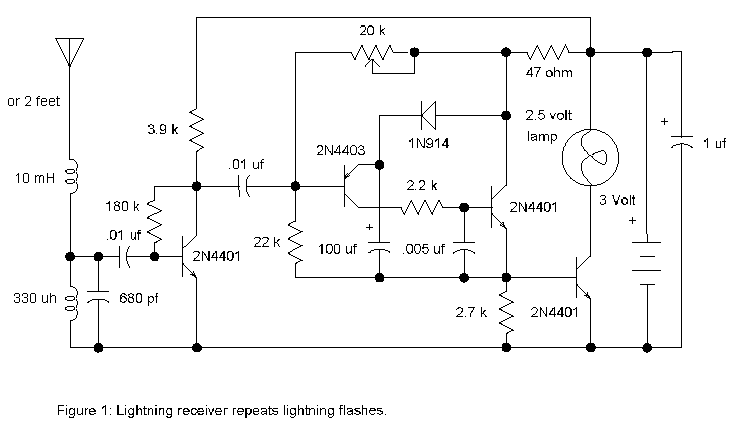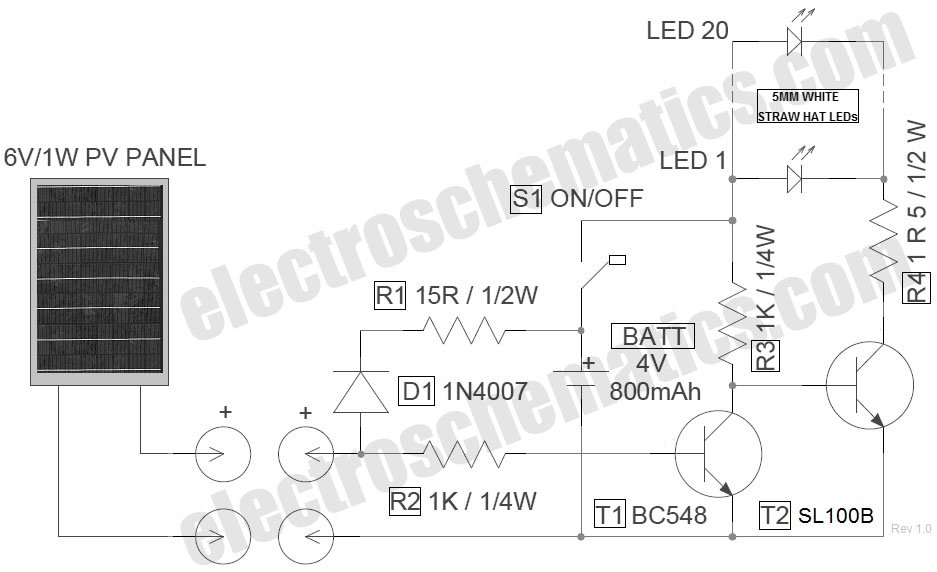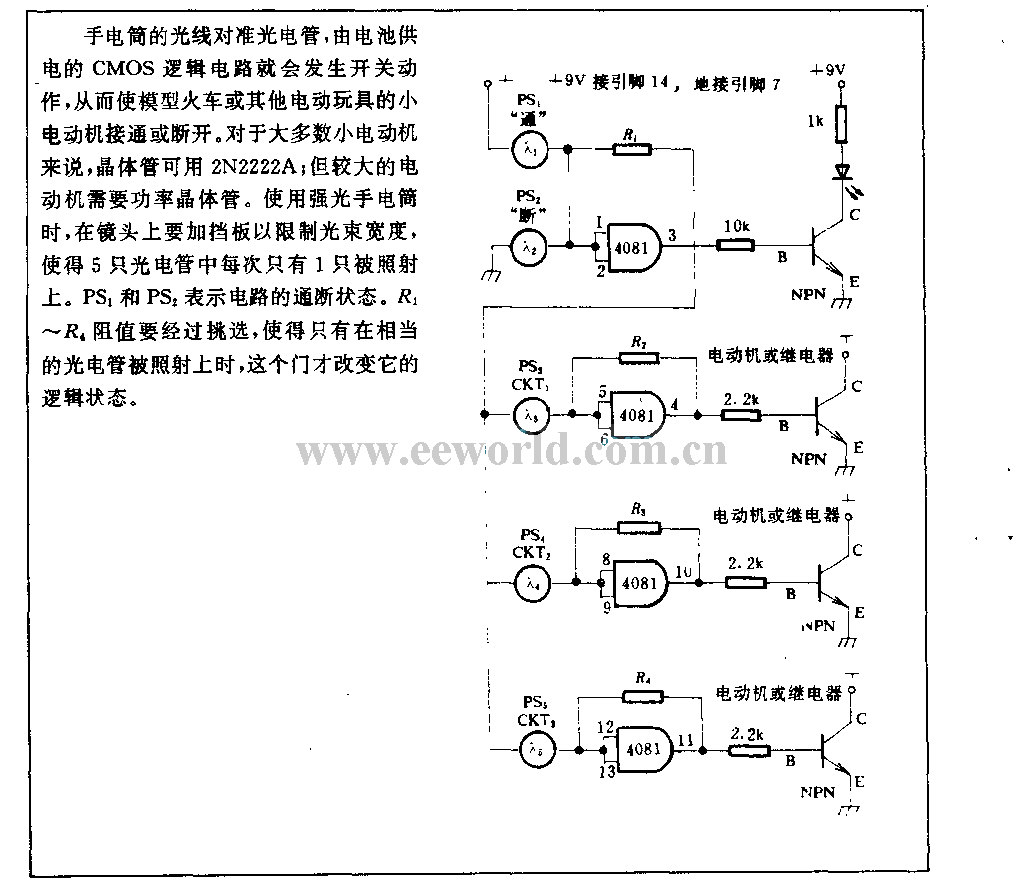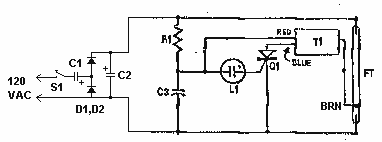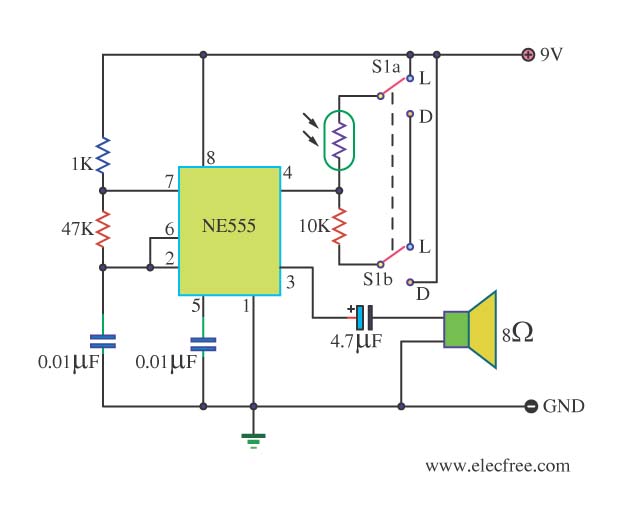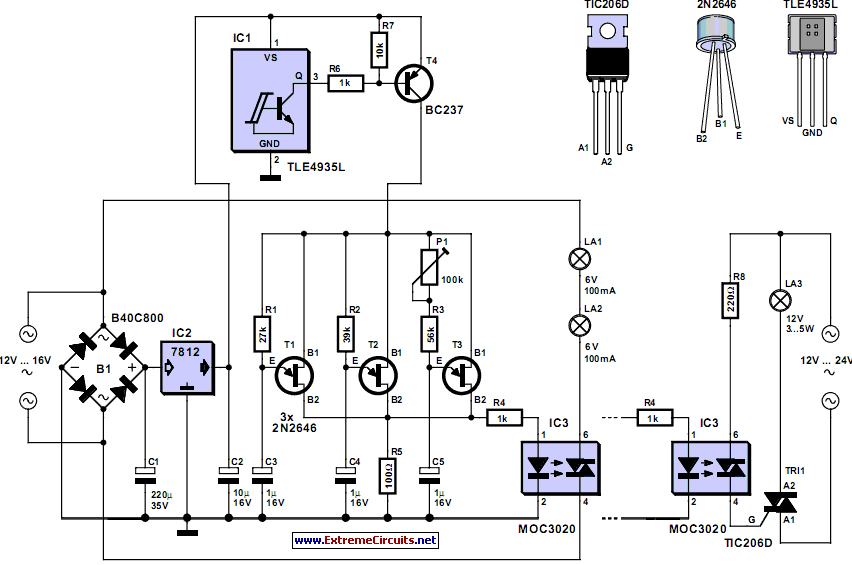
gmc sierra 1500 1995 gmc serria abs light comes
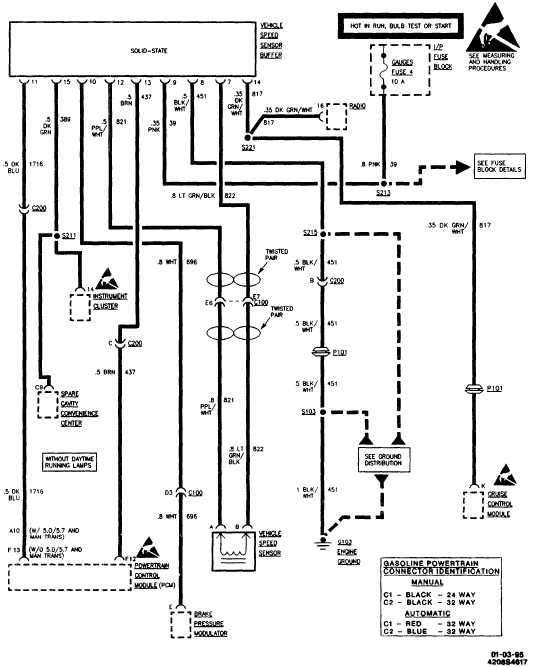
The 1995 GMC Sierra experiences issues with the ABS light activating, causing the transmission to shift into limp mode, erratic RPM readings, and a non-functional speedometer. The initial suspicion is that the problem lies with the front wheel sensors, although it is believed that the vehicle speed sensor input is the actual cause of these issues. When the ABS activates, various problems arise, including brakes that feel spongy despite a recent system flush and repeated bleeding. The troubleshooting process should focus on the sensor and its wiring rather than replacing parts. If a sensor has already been replaced, testing the wiring and ensuring the connector terminals are intact is essential. Diagnosing this issue requires familiarity with electrical systems and the use of a multimeter. The recommended approach is to replicate the problem and monitor the speed sensor's signal, tracing the wiring until the fault is identified. If this is outside one’s expertise, consulting a qualified mechanic is advised to avoid unnecessary expenses. The truck also utilizes a speed sensor buffer, which cleans and modifies the speed signal based on the truck's gear ratio, located under the dashboard near the glove box. This component is prone to failure, and if other issues are ruled out, sourcing a replacement from a junkyard is suggested. Additionally, disconnecting the cruise control box may be beneficial, as it can interfere with the speed signal. The schematic indicates that the buffer sends signals to the PCM, instrument cluster, BPMV, radio, and cruise control, any of which could affect the signal integrity. The suspicion is that the issue lies between the buffer and the vehicle speed sensor.
The 1995 GMC Sierra's ABS and transmission issues can be attributed to a loss of signal from the vehicle speed sensor (VSS) to the powertrain control module (PCM). The symptoms described indicate a malfunction in the vehicle's electronic control systems, particularly those involved with speed sensing and transmission operation. The ABS light activation suggests that the vehicle's anti-lock braking system is detecting a fault, which can trigger a series of cascading failures including limp mode for the transmission and erratic behavior of the speedometer.
In diagnosing these issues, it is critical to examine the wiring harnesses that connect the VSS to the PCM and the speed sensor buffer. The buffer, which acts as an intermediary to clean and adjust the speed signal, can be a common point of failure. Its location under the dashboard makes it accessible for inspection. If the buffer is faulty, it may not relay accurate speed information, leading to erratic transmission behavior and ABS faults.
The troubleshooting procedure should begin with a thorough visual inspection of the wiring for any signs of wear, corrosion, or damage. The integrity of the connector terminals should be verified to ensure a solid electrical connection. Utilizing a multimeter, one can check for continuity in the wires leading to and from the buffer and the VSS. It is advisable to measure the output signal from the VSS while the vehicle is in operation to confirm that it is sending a proper signal to the buffer.
If the wiring and connectors are confirmed to be in good condition, the next step is to test the speed sensor buffer itself. Replacement parts can be sourced from GM or potentially from a compatible junkyard unit. The speed sensor buffer's role in the system is crucial as it not only modifies the signal for the PCM but also distributes it to other components such as the instrument cluster and cruise control module.
In situations where the cruise control is engaged and the ABS light activates, it suggests that the cruise control module may also be influencing the speed signal. Disconnecting the cruise control module can help isolate the issue. If the problems persist after this disconnection, it further indicates a fault in the speed signal pathway between the buffer and the VSS.
Overall, a systematic approach to diagnosing the electrical system, focusing on the speed sensing components and their connections, is essential. This methodical troubleshooting process will aid in identifying the root cause of the vehicle's erratic behavior and facilitate an effective repair.1995 GMC Serria the ABS light comes on and all hell brakes loose, thrans shifts into limp mode, rpm shoots everywhere, speedo does not work. figured it might be the front wheel sensors I don`t think it`s the wheel speed sensors. It sounds like you`re losing the vehicle speed sensor input, which the PCM needs to control shifting, explains why your
speedo stops working, and why the trans goes into limp mode. when the ABS goes on thats when everything starts to happen, brakes act like they have air in them, it got a system flush a year ago plus I have bleed the brakes over and over again. It`s not a part, it`s a matter of troubleshooting. The input is the sensor and the wiring. If you`ve already put a sensor in it, it`s time to get under there and start testing the wiring. Make sure the connector terminals are good, etc. It`s a tough thing to repair if you aren`t familiar with electrical systems and using a good multimeter.
If you`re going to diagnose this yourself, the key is to get it to act up, then get after it with a multimeter and find out where you`re losing the signal. As it`s acting up, you`ll want to be at the speed sensor, seeing if a signal is coming out of that. Then working your way forward, until you find the fault. If this isn`t your strong suit, I highly recommend letting a good mechanic figure this out for you. I don`t want you to spend a lot of money on parts by guessing, I`d rather see you get fixed up and on the road, and spending $75 or so to let someone figure this out is a pretty good idea.
thankx for the info, I was planning to Drive the truck around Sunday, Saturday I have duty otherwise I would do it then. I know it only takes about 5 miles to act up, I will ask around if anyone knows about a good mechanic in the area too.
by chance do you live in Chesapeake, VA or know of someone good in the area This truck does use a speed sensor buffer, 1995 was the last year they did that. It`s just a little box that takes that speed signal and cleans it up, modifies it based on the gear ratio of the truck.
This little box lives under your dash, near the glove box. They used to go bad once in awhile, this may be where you end up. They call it a speed sensor buffer or a DRAC module, but either way the only way to get one is from GM. I think that, if you can`t find anything else wrong, maybe hit a junkyard and see if you can find one of these from a truck that has the same gear ratio as yours (most had 3.
73) and just plug it in to see if it fixes it. Junkyard will probably sell you one of those for ten bucks or so, it`s a cheap and easy educated guess short of diagnosing it. At any rate, disconnect the box under the hood that runs the cruise control, you can drive around with the plug disconnected.
If the cruise control module is pulling the circuit low, that will ruin the speed signal to everything on the truck. The fact that it acts up when you turn the cruise on is a good clue. I was going on a trip I put on the cruise control and everything started to go hay wire. turned off cruise control still happened reset everything lasted for about a month or so and happened again, they changed out the speed sensor worked for a day.
I would unplug the cruise control box altogether and try it. The speedo circuit can be pulled low by the cruise module even if the fuse is pulled, that`s not really a conclusive way to eliminate the cruise module. Unplugging it entirely will tell you whether it`s still suspect or not. This schematic shows that the buffer sends the signal to the PCM, instrument cluster, BPMV, radio, and cruise control.
Any of those could be pulling this signal low, but the buffer has separate circuits, including a discrete circuit to the PCM, so I don`t think you`re losing the signal downstream from the buffer. My inclination is that you`re losing it between the buffer and the VSS sensor. You`re going to have to get a good look at all of that wiring 🔗 External reference
The 1995 GMC Sierra's ABS and transmission issues can be attributed to a loss of signal from the vehicle speed sensor (VSS) to the powertrain control module (PCM). The symptoms described indicate a malfunction in the vehicle's electronic control systems, particularly those involved with speed sensing and transmission operation. The ABS light activation suggests that the vehicle's anti-lock braking system is detecting a fault, which can trigger a series of cascading failures including limp mode for the transmission and erratic behavior of the speedometer.
In diagnosing these issues, it is critical to examine the wiring harnesses that connect the VSS to the PCM and the speed sensor buffer. The buffer, which acts as an intermediary to clean and adjust the speed signal, can be a common point of failure. Its location under the dashboard makes it accessible for inspection. If the buffer is faulty, it may not relay accurate speed information, leading to erratic transmission behavior and ABS faults.
The troubleshooting procedure should begin with a thorough visual inspection of the wiring for any signs of wear, corrosion, or damage. The integrity of the connector terminals should be verified to ensure a solid electrical connection. Utilizing a multimeter, one can check for continuity in the wires leading to and from the buffer and the VSS. It is advisable to measure the output signal from the VSS while the vehicle is in operation to confirm that it is sending a proper signal to the buffer.
If the wiring and connectors are confirmed to be in good condition, the next step is to test the speed sensor buffer itself. Replacement parts can be sourced from GM or potentially from a compatible junkyard unit. The speed sensor buffer's role in the system is crucial as it not only modifies the signal for the PCM but also distributes it to other components such as the instrument cluster and cruise control module.
In situations where the cruise control is engaged and the ABS light activates, it suggests that the cruise control module may also be influencing the speed signal. Disconnecting the cruise control module can help isolate the issue. If the problems persist after this disconnection, it further indicates a fault in the speed signal pathway between the buffer and the VSS.
Overall, a systematic approach to diagnosing the electrical system, focusing on the speed sensing components and their connections, is essential. This methodical troubleshooting process will aid in identifying the root cause of the vehicle's erratic behavior and facilitate an effective repair.1995 GMC Serria the ABS light comes on and all hell brakes loose, thrans shifts into limp mode, rpm shoots everywhere, speedo does not work. figured it might be the front wheel sensors I don`t think it`s the wheel speed sensors. It sounds like you`re losing the vehicle speed sensor input, which the PCM needs to control shifting, explains why your
speedo stops working, and why the trans goes into limp mode. when the ABS goes on thats when everything starts to happen, brakes act like they have air in them, it got a system flush a year ago plus I have bleed the brakes over and over again. It`s not a part, it`s a matter of troubleshooting. The input is the sensor and the wiring. If you`ve already put a sensor in it, it`s time to get under there and start testing the wiring. Make sure the connector terminals are good, etc. It`s a tough thing to repair if you aren`t familiar with electrical systems and using a good multimeter.
If you`re going to diagnose this yourself, the key is to get it to act up, then get after it with a multimeter and find out where you`re losing the signal. As it`s acting up, you`ll want to be at the speed sensor, seeing if a signal is coming out of that. Then working your way forward, until you find the fault. If this isn`t your strong suit, I highly recommend letting a good mechanic figure this out for you. I don`t want you to spend a lot of money on parts by guessing, I`d rather see you get fixed up and on the road, and spending $75 or so to let someone figure this out is a pretty good idea.
thankx for the info, I was planning to Drive the truck around Sunday, Saturday I have duty otherwise I would do it then. I know it only takes about 5 miles to act up, I will ask around if anyone knows about a good mechanic in the area too.
by chance do you live in Chesapeake, VA or know of someone good in the area This truck does use a speed sensor buffer, 1995 was the last year they did that. It`s just a little box that takes that speed signal and cleans it up, modifies it based on the gear ratio of the truck.
This little box lives under your dash, near the glove box. They used to go bad once in awhile, this may be where you end up. They call it a speed sensor buffer or a DRAC module, but either way the only way to get one is from GM. I think that, if you can`t find anything else wrong, maybe hit a junkyard and see if you can find one of these from a truck that has the same gear ratio as yours (most had 3.
73) and just plug it in to see if it fixes it. Junkyard will probably sell you one of those for ten bucks or so, it`s a cheap and easy educated guess short of diagnosing it. At any rate, disconnect the box under the hood that runs the cruise control, you can drive around with the plug disconnected.
If the cruise control module is pulling the circuit low, that will ruin the speed signal to everything on the truck. The fact that it acts up when you turn the cruise on is a good clue. I was going on a trip I put on the cruise control and everything started to go hay wire. turned off cruise control still happened reset everything lasted for about a month or so and happened again, they changed out the speed sensor worked for a day.
I would unplug the cruise control box altogether and try it. The speedo circuit can be pulled low by the cruise module even if the fuse is pulled, that`s not really a conclusive way to eliminate the cruise module. Unplugging it entirely will tell you whether it`s still suspect or not. This schematic shows that the buffer sends the signal to the PCM, instrument cluster, BPMV, radio, and cruise control.
Any of those could be pulling this signal low, but the buffer has separate circuits, including a discrete circuit to the PCM, so I don`t think you`re losing the signal downstream from the buffer. My inclination is that you`re losing it between the buffer and the VSS sensor. You`re going to have to get a good look at all of that wiring 🔗 External reference
Warning: include(partials/cookie-banner.php): Failed to open stream: Permission denied in /var/www/html/nextgr/view-circuit.php on line 713
Warning: include(): Failed opening 'partials/cookie-banner.php' for inclusion (include_path='.:/usr/share/php') in /var/www/html/nextgr/view-circuit.php on line 713
